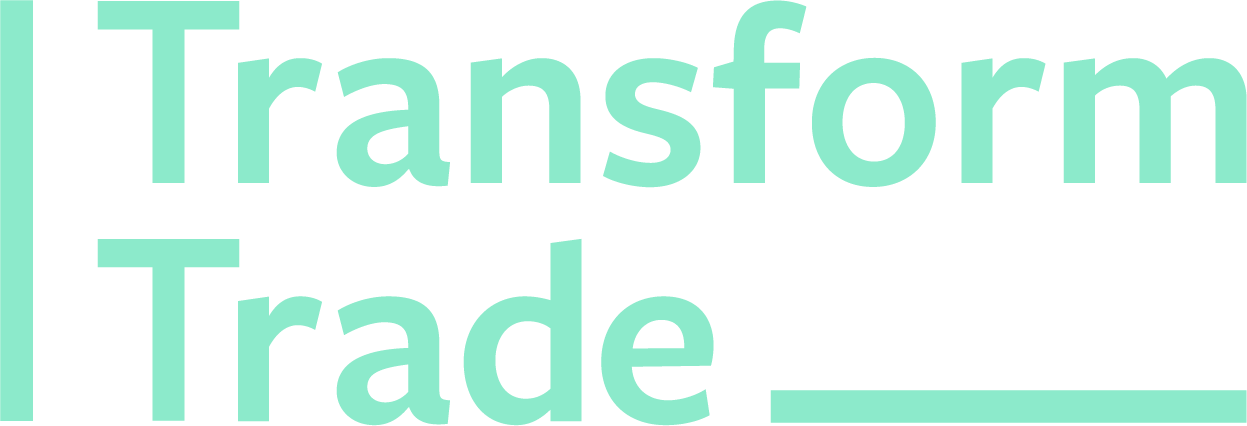What is modern slavery?
It’s 150 years since Brazil became the last country to ban the transatlantic slave trade, but slavery is still very much in existence. Modern slavery takes many forms, from forced labour, debt bondage and people trafficking, to women coerced into prostitution or underage marriage.
Worst of all, incidences of modern slavery are increasing.
The International Labour organization describes this situation as "shocking". "Nothing can justify the persistence of this fundamental abuse of human rights," said its director general, Guy Ryder. "We know what needs to be done... an all-hands-on-deck approach is needed. Trade unions, employers' organizations, civil society and ordinary people all have critical roles to play."
Debt Bondage – the most common form of modern slavery
Debt bondage is a system of modern slavery based on workers borrowing (often very small) sums of money at high interest rates, which they then pay off through the promise of future labour.
In 2022, around one in five of all people facing modern slavery are in situations of debt bondage. The Covid-19 pandemic resulted in a huge rise in debt bondage, as many workers were unable to borrow money through formal channels, and instead were forced to turn to predatory moneylenders.
Transform Trade has been working alongside Santal communities in Bangladesh for over three years, supporting them to earn income in new ways, and end the cycle of debt bondage for good.
The cycle of debt continues through the generations, as children inherit the debts of their parents. Debt is shared by entire families, as Jonoi Rani Das explains - “I have been very familiar with forced debt bondage since my childhood. My father was a farmer too and he borrowed money. As we were three sisters, the responsibility of paying off this debt fell on our shoulders after my father's death. We have to repay this loan in return for work on the owners' land.”
Jononi Rani Das (right) (Credit: GMB Akash)
In areas where unemployment is high, and there are few opportunities to earn, people have little choice but to take on debt in order to survive. Right now, the global cost of living crisis is making things worse, as affording even the basics, like food and soap, is becoming even harder. Stuck in a cycle of borrowing and paying off debt, people become trapped, and even more vulnerable to abuse.
Dilip Marandi, 27, says, “Moneylenders treat us badly, deprive us of our fair wages, make us work much longer than our fair hours. Sometimes we have to do extra work on their house for free. Again, if we are sick for some reason, can't go to work, then the moneylenders come home and abuse us, even beat us.”
Modern slavery is one of the cruellest symptoms of a broken trading system.
It’s the direct result of people in power hoarding wealth and resources, at the expense of many others. Slavery thrives where there is poverty, injustice, inequality and corruption.
We can no longer accept this – together, we can fight for change. Standing with those who are exploited by our broken trading system, we are taking action.
This Christmas, we are asking you to support communities in Bangladesh breaking the cycle of debt bondage for good. To find out more or make a donation go to www.transform-trade.org/christmas.

